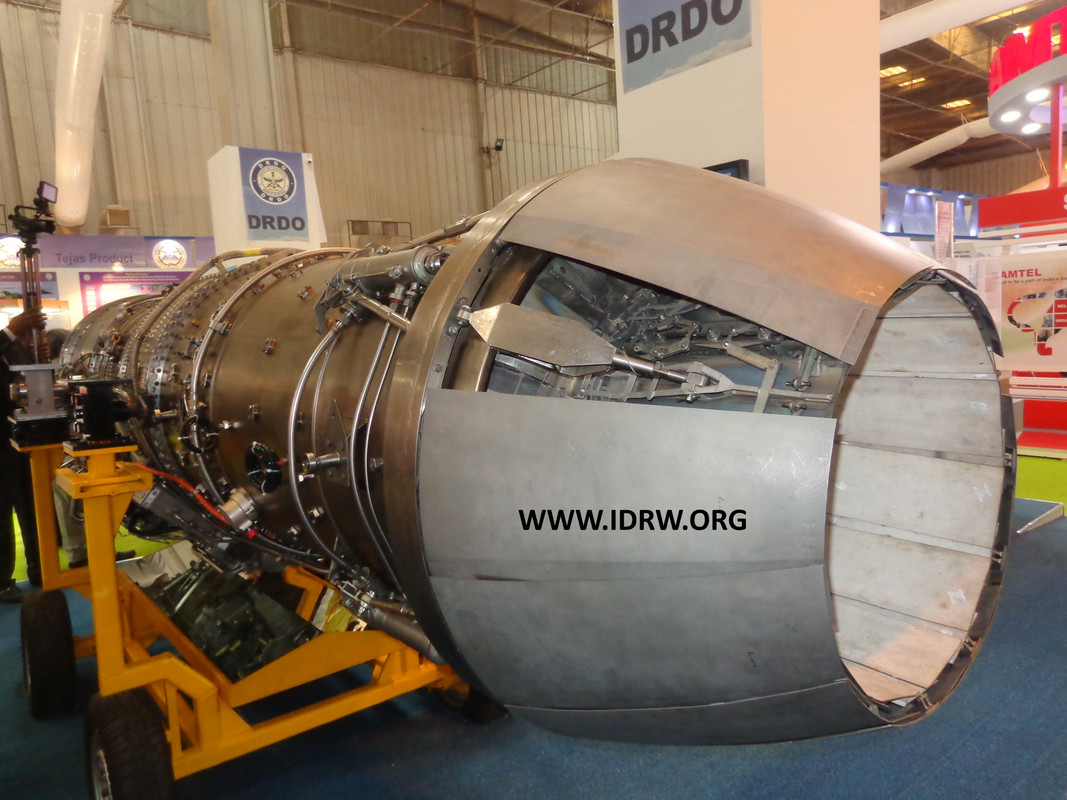SOURCE: RAUNAK KUNDE / NEWS BEAT / IDRW.ORG


In a major advancement for India’s indigenous jet engine program, the Kaveri derivative engine, which is being designed to be mated with a new afterburner module, is set to see a significant reduction in weight.
The Defence Research and Development Organisation (DRDO) has made notable strides in the development of the Kaveri derivative engine. Through meticulous engineering and innovative design, the weight of the engine, along with the afterburner section, has been reduced from earlier prototypes. The current combined weight stands at approximately 1180 kg, down from 1235 kg, and significantly less than the initial prototypes which weighed over 1400 kg.
Several factors have contributed to this remarkable weight reduction:
- New Fan Module: A newly developed fan module has played a pivotal role in shedding unnecessary weight. This module is designed to be more efficient while being lighter, contributing to the overall reduction.
- Core Changes: Extensive modifications and optimizations in the engine core have addressed previously over-engineered sections. These changes have not only reduced weight but also potentially improved the engine’s performance.
- Afterburner Module: The afterburner section has undergone significant weight cuts, achieving a reduction of 70-90 kg. This adjustment is crucial for maintaining a lower overall weight while ensuring the afterburner’s functionality and efficiency.
- Material Validation: The use of newer, lighter materials has been a cornerstone of the weight reduction strategy. These materials have undergone rigorous testing and validation to ensure they meet the necessary performance and safety standards.
The ultimate goal for the DRDO is to bring the weight of the Kaveri derivative engine, without the afterburner, to under 1 ton. While the current advancements are promising, the final weight will be determined after all new components have been tested, validated, and cleared for integration.
Once the development phase reaches completion, the next critical step will be the integration of the Kaveri derivative engine into the LCA Tejas for testing purposes. This phase will be essential to validate the performance and reliability of the engine in real-world scenarios, ensuring it meets the stringent requirements of modern combat aircraft.
NOTE : Article cannot be reproduced without written permission of idrw.org in any form even for YouTube Videos to avoid Copy right strikes. Websites doing illegal reproductions will get DMCA and Legal Notices.